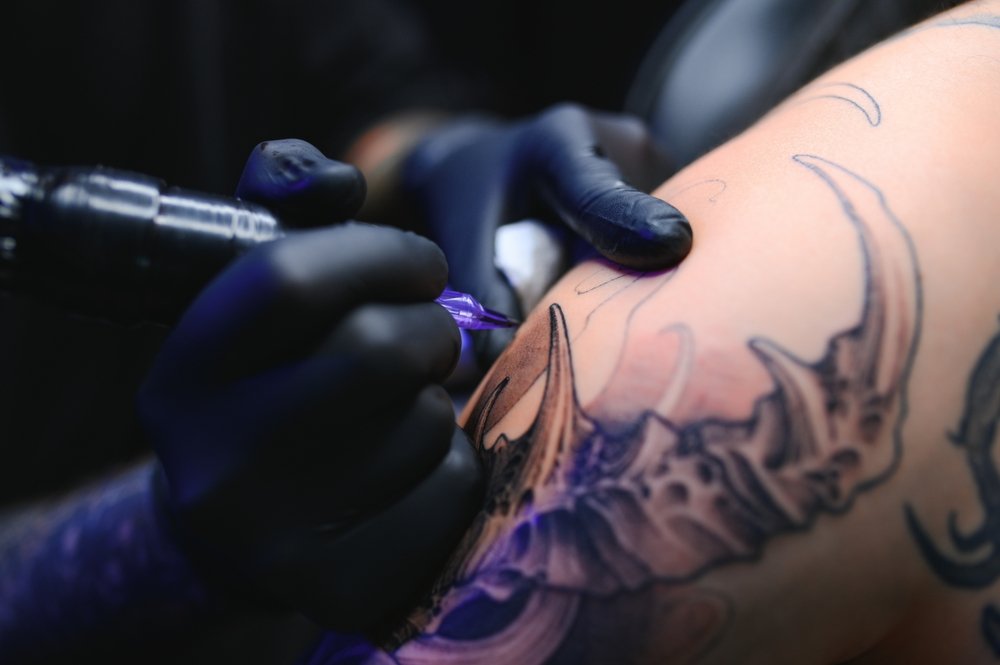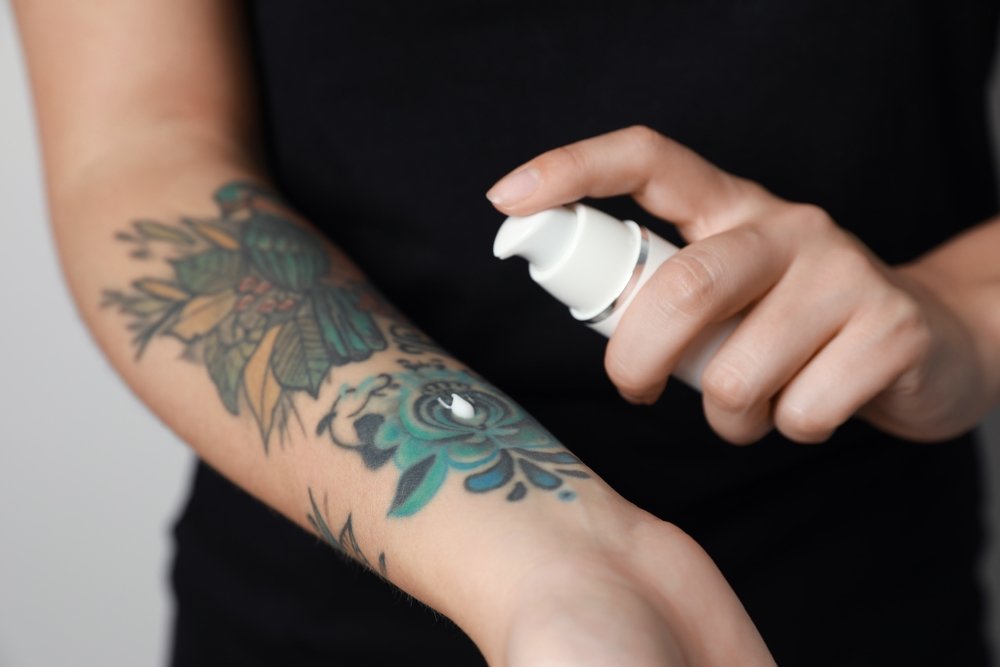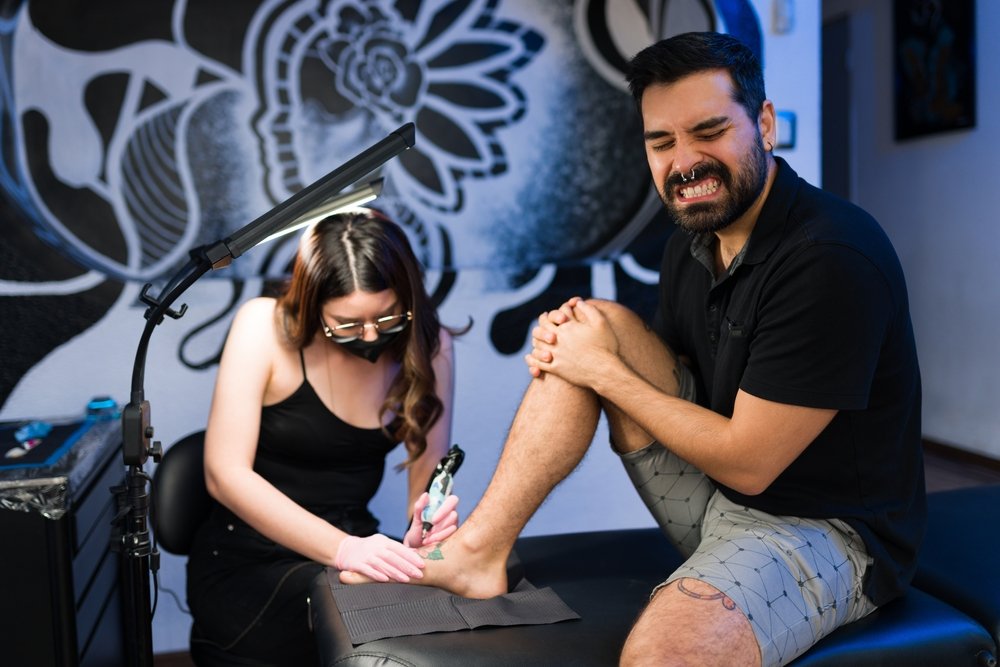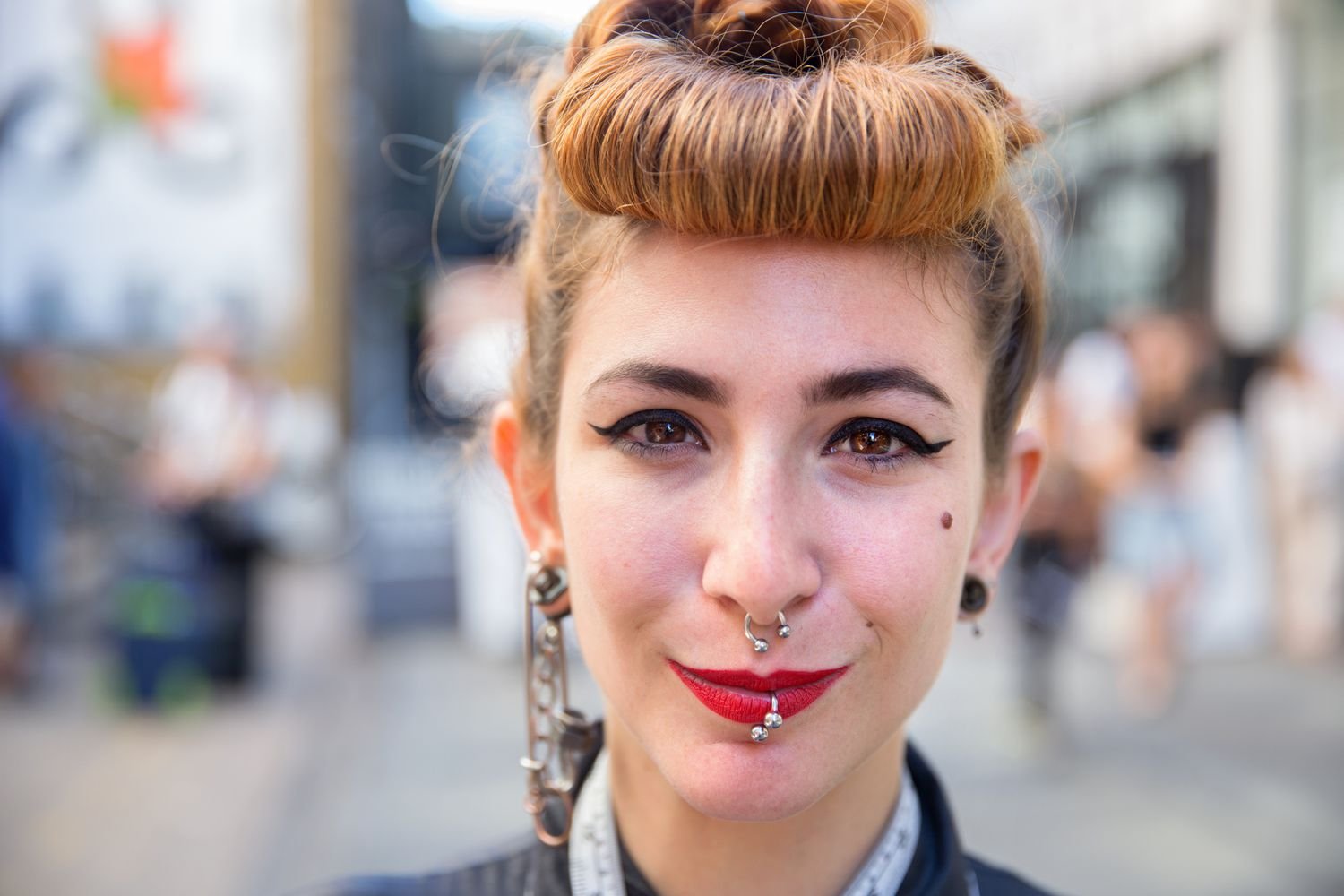Getting your first tattoo is an exciting milestone, but it’s important to take some time to consider all aspects before taking the plunge. Tattoos are permanent, so thoughtful planning is crucial to ensure you make a decision you’ll be happy with for years to come. Here’s what you need to consider before getting your first tattoo.
1. Understand the Commitment
A tattoo is a lifelong commitment. While you can have tattoos removed or covered up, both options can be painful, expensive, and not always fully effective. Before getting your first tattoo, ask yourself if you’re ready to live with the design forever. Consider how your tattoo might affect your career, lifestyle, and personal preferences over time.
2. Choose the Right Design
The design of your tattoo is one of the most important decisions you’ll make. Your tattoo should be meaningful and resonate with you on a personal level. Here are some design considerations:
- Personal Significance: Choose a design that reflects something important to you, whether it’s a memory, belief, or symbol that has personal meaning.
- Style Preferences: Research different tattoo styles such as realism, traditional, watercolor, or geometric. Select a style that aligns with your personality and aesthetic preferences.
- Longevity: Simple, bold designs tend to age better over time, as intricate details can blur or fade.
If you’re unsure about a design, take your time to explore ideas, or consult with a professional tattoo artist who can help bring your vision to life.
3. Consider Placement and Size
The placement and size of your tattoo will impact both its appearance and how you experience the process:
- Visibility: Think about whether you want your tattoo to be easily visible or more discreet. Visible tattoos might affect your professional life, depending on your career.
- Pain Tolerance: Some areas of the body are more sensitive than others. For example, tattoos on the ribs, spine, or feet can be more painful than those on the upper arm or thigh.
- Future Considerations: Consider how the placement might impact future tattoos if you plan on getting more.
It’s important to balance what you want aesthetically with your ability to handle the discomfort during the tattooing process.
4. Research Tattoo Artists and Shops
Not all tattoo artists are the same. It’s crucial to find a reputable artist who specializes in the style you want and operates in a clean, professional environment:
- Portfolio Review: Look at the artist’s portfolio to ensure their style matches your vision. Check for consistency, attention to detail, and how well their tattoos have healed over time.
- Shop Cleanliness: Visit the tattoo shop beforehand to ensure it’s clean and adheres to strict hygiene standards. The shop should use sterile needles, gloves, and high-quality ink.
- Licensing and Certifications: Ensure the artist and shop are licensed according to local regulations. This guarantees they meet health and safety standards.
A professional, experienced artist can guide you through the process, ensuring you get a tattoo that meets your expectations and is safe.
5. Prepare for the Pain
Tattooing involves needles puncturing the skin, which can be painful depending on your pain tolerance and the location of the tattoo. Here’s how to prepare:
- Mindset: Understand that some discomfort is inevitable, but it’s usually manageable. Focus on the end result and remember why you chose to get the tattoo.
- Body Preparation: Get a good night’s sleep, eat a healthy meal, and stay hydrated before your appointment. This helps your body cope better with the pain.
- Breaks: If your tattoo session is long, ask for breaks if needed. This can help you stay comfortable throughout the process.
6. Plan for Aftercare
Proper tattoo aftercare is essential to ensure your tattoo heals well and looks great for years to come. Aftercare considerations include:
- Follow Instructions: Your tattoo artist will provide specific aftercare instructions, which usually include keeping the tattoo clean, applying ointment, and avoiding direct sunlight.
- Healing Time: Understand that tattoos can take 2 to 4 weeks to heal on the surface, with full healing taking up to 6 months. During this time, avoid swimming, sun exposure, and picking at scabs.
- Long-Term Care: Protect your tattoo from the sun with sunscreen to prevent fading, and keep your skin moisturized.
7. Cost and Budget
Tattoos are an investment, and quality tattoos can be expensive. Before getting your first tattoo, consider the following:
- Quality Over Price: Don’t choose an artist based solely on price. A cheap tattoo might cost more in the long run if it requires touch-ups or removal.
- Tipping: It’s customary to tip your tattoo artist, usually 15-20% of the total cost.
Make sure you have the budget for both the tattoo and the aftercare products you’ll need.
8. Reflect on Your Decision
Finally, take time to reflect on your decision before getting your first tattoo. This isn’t a decision to rush into. Make sure you’re emotionally and mentally prepared, and that you’ve considered all aspects thoroughly.
Conclusion
Getting your first tattoo is a significant decision that requires careful planning and consideration. By thinking about the design, placement, artist, and aftercare, you can ensure that your first tattoo is a positive experience and one that you’ll cherish for years to come. Take your time, do your research, and make sure you’re fully prepared for the commitment that comes with getting a tattoo.
For more tips and advice, feel free to consult with our expert artists at The City Tattoo.




